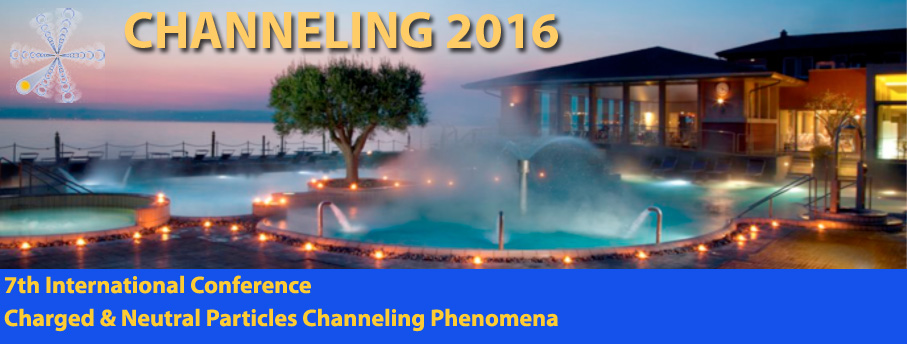Speakers
Dr
Gianfranco Paternò
(FE)
Paolo Cardarelli
(FE)
Description
ELI-NP is one of the three pillars of ELI (Extreme Light Infrastructures) European Project, to be built in Bucharest, Romania. This facility will host the Gamma Beam System (GBS), an intense and monochromatic gamma beam source based on inverse Compton interaction between a high-power laser and an accelerated electron beam produced by a warm linac. The EuroGammaS association, composed by many European research institutes and companies, guided by INFN, will provide the design, manufacturing, installation and commissioning of the GBS [1].
The gamma beam produced, with energy ranging from 0.2 to 20 MeV, an energy bandwidth 0.5% and a flux of about 10^8 photons/s, will be devoted to the investigation a broad range of applications, from nuclear physics and astrophysics, to material science and life sciences.
As a result of the inverse Compton interaction, the radiation emitted is not intrinsically monochromatic. Infact, the energy is related to the emission angle, it is maximum in the backscattering direction and decreases as the angle increase [2-3]. Therefore, the required energy bandwidth can be obtained only by developing specific methods of collimation of the gamma beam, i.e. filtering out the radiation emitted at larger angles. The angular acceptance of the collimation, needed to obtain the required bandwidth, must be continuously adjustable in a range from few hundreds of micro-radians to 40 micro-radians, to operate in the entire energy range. The solution identified is a stack of linear slits, each with an adjustable aperture, arranged with a relative rotation around the beam axis to obtain, as result of the overlapping, an hole with an approximately circular shape.
In this contribution, which represents an advance of the previous preliminary work [4], the final collimation design is presented. The layout of the slits and the materials selected to satisfy the requirements on the gamma-beam bandwidth have been identified by carrying out a series of detailed Geant4 simulations both of the high-energy and the low-energy beamline. In particular, the simulations concerned the transport of the gamma-beam produced at the Interaction Point (IP) to the collimation system along the vacuum pipes and chambers and relative shielding. The background radiation and the dose level in sensible areas of the experimental room (e.g. at the position of detectors and instrumentation racks) have been evaluated. Furthermore, an evaluation of the effects of misalignments and mechanical tolerances has been also performed.
References
[1] O. Adriani, et al. Technical Design Report EuroGammaS proposal for the ELI-NP Gamma beam System
arXiv:1407.3669 [physics.acc-ph] (2014)
[2] Vaccarezza, C. et al. A european proposal for the compton gamma-ray source of eli-np
IPAC 2012 - International Particle Accelerator Conference 2012, pp. 1086-1088 (2012)
[3] Petrillo, V. et al. Photon flux and spectrum of γ-rays Compton sources
Nuc Instrum Meth A, 693, pp. 109-116 (2015)
[4] Cardarelli, P. et al. Monte Carlo simulation of a collimation system for low-energy beamline of ELI-NP Gamma
Beam System Nuc Instrum Meth B, 355 (2015)
Primary authors
Dr
Gianfranco Paternò
(FE)
Paolo Cardarelli
(FE)
Co-authors
Alberto Luigi Bacci
(MI)
Cristina Vaccarezza
(LNF)
Enrico Bagli
(FE)
Federico Evangelisti
(FE)
Illya Drebot
(M)
Mauro Gambaccini
(FE)
Michele Marziani
(FE)
Mirco Andreotti
(FE)
Vittoria Petrillo
(MI)

